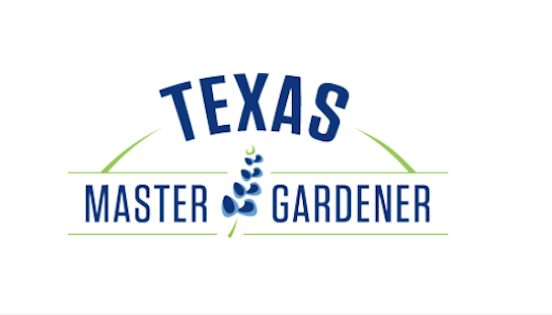Water availability will continue to be a problem now and in the future. You can help by storing rain water, saving bath water wasted by running until the water gets warm, drip garden irrigation, saving the water from boiling vegetables which contains nutrients plants will love, enlarging ponds when they are very low, and so many more ways. In the NETSEO area, there are probably several hundred thousand gardens. If each of us could reduce water requirements by just 5% That would be quite a savings, not to mention lower water bills!
Bare garden soil is rapidly becoming a giant no-no. Keep it covered. I prefer miniature and Dutch white clover which enrich the soil. Even weeds are better than bare soil. When summer temperatures get to or exceed 90°, soil temps can reach 150°. What you think are problems caused by air temp are caused more by soil temps which can affect activity and interfere with plant photosynthesis.
If we get another dry summer this year, don’t forget to water your trees with a 2” watering every two weeks.
Cardboard covering works well with raised bed gardens. Simply cover the bed with cardboard. Then cut 4-6” holes where you’ll plant your vegetables. You can use bricks, rocks, etc., to prevent the cardboard from blowing away.
We hear a lot about plants for pollinators, but usually think nothing about plants for moths. Moths do their pollinating at night. They don’t get to do it as long or as densely as daytime pollinators, but believe it or not, moths pollinate much more efficiently than bees. Also very important, turn off night lights which distract and prevent pollination.
If you’re really serious about improving your garden soil, consider Restoring the Soil or Dirt to Soil, two books that really make a difference.






